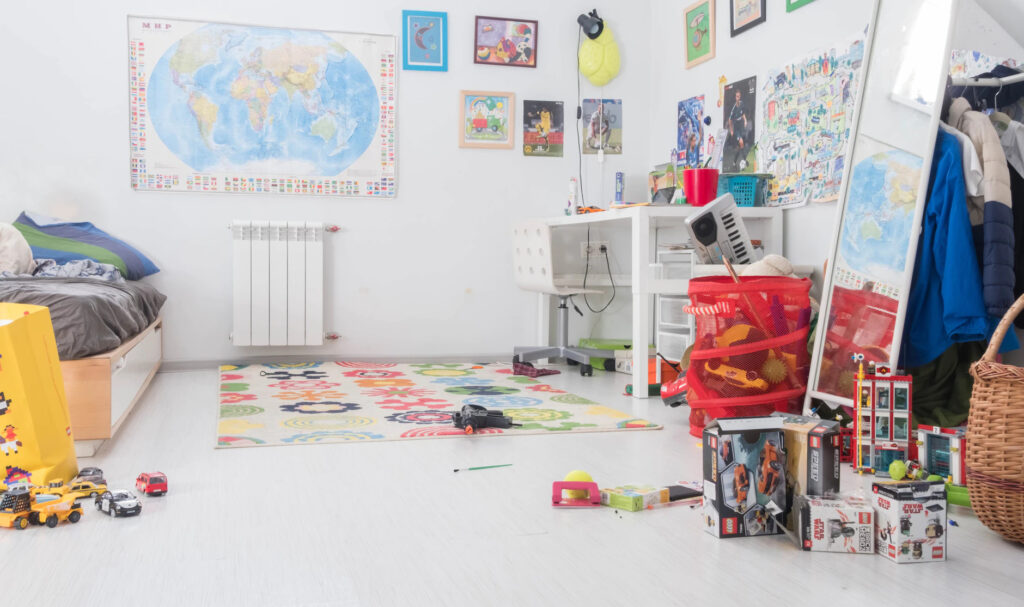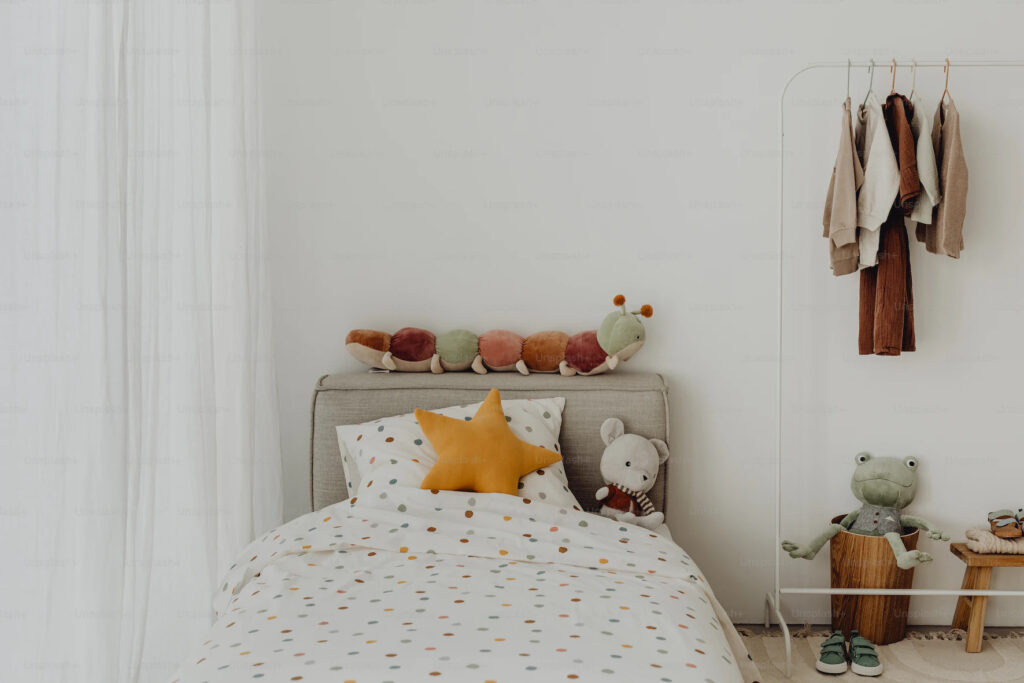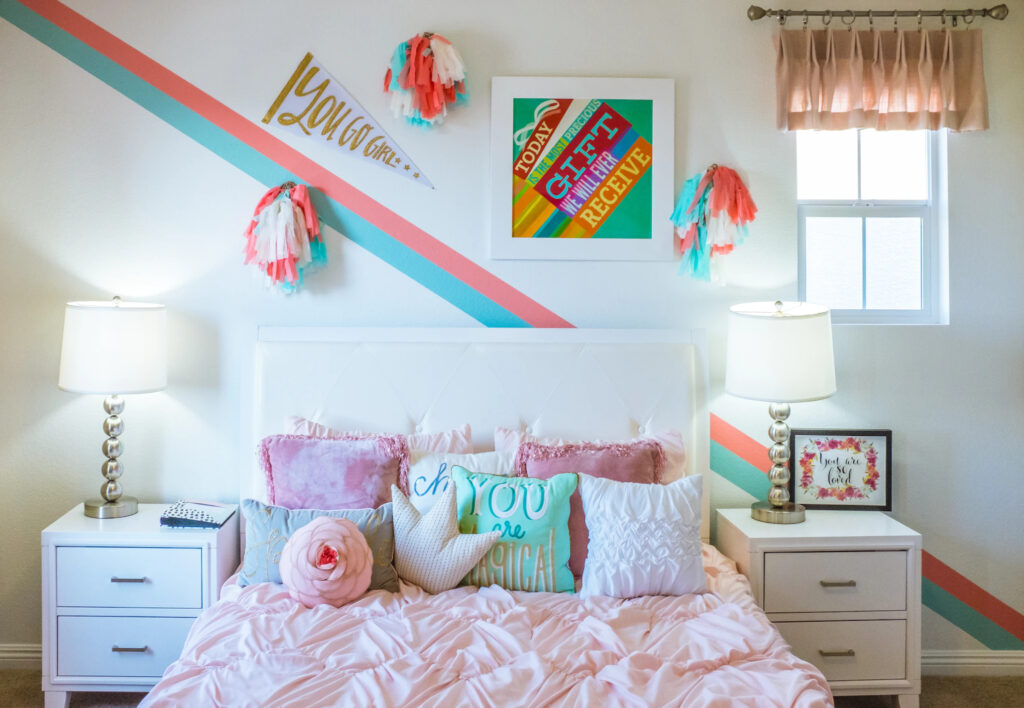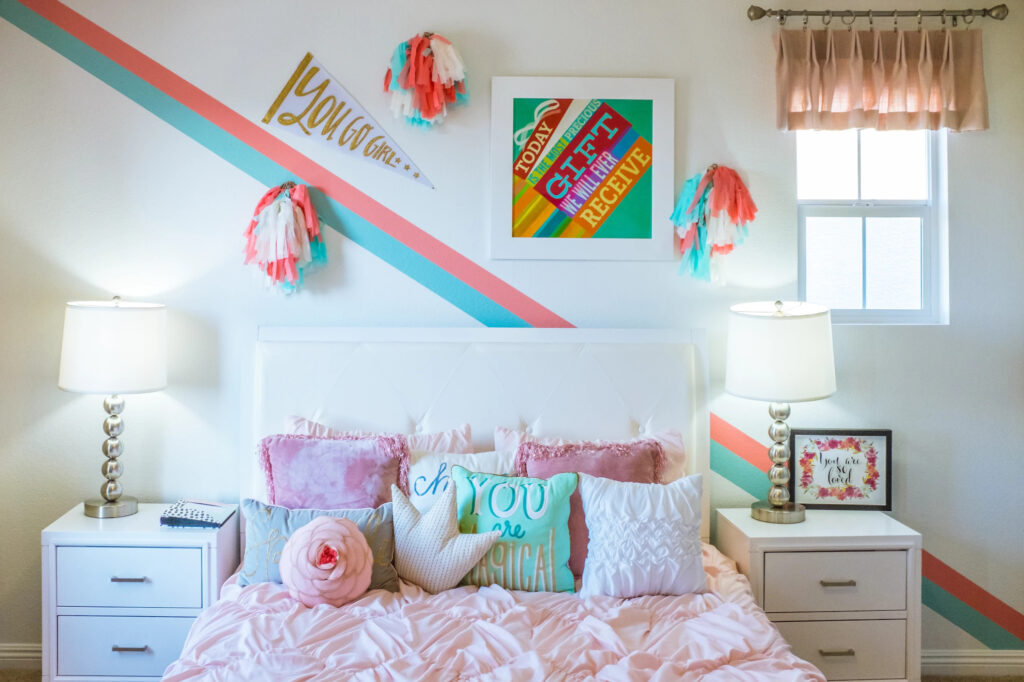
Decorating a child’s room can be a rewarding experience that allows both parents and children to express creativity, imagination, and individuality. From selecting the color scheme to choosing the right furniture, each step is an adventure waiting to happen. However, as much fun as the process can be, it can also get overwhelming with endless possibilities and decisions to make. Here’s a simplified guide to help you navigate the process of creating a space that is both functional and whimsical.
Initial Planning
Before you make any purchases or start rearranging furniture, consider these points:
- Budget: Determine how much you’re willing to spend. This will help you make focused decisions.
- Theme: Discuss with your child (if old enough) the kind of theme they would like. From superheroes to princess castles, the sky’s the limit!
- Functionality: Remember that the room needs to be functional—your child will be playing, studying, and resting in this space.
- Growth: Opt for decor elements that can grow with your child and won’t feel outdated in a year or two.
Picking a Color Scheme
A color scheme sets the tone of the room and acts as the backdrop for all other decorations.
- Bright Colors: Colors like yellow, sky blue, and pastels can make the room look spacious and cheerful.
- Dark Tones: If you want something more calming and aesthetically pleasing, dark shades like navy blue or forest green work well.
- Neutral Palette: A neutral backdrop like beige or white allows for more colorful furnishings and decorations.

Furniture Choices
- Bed: Look for a bed that’s not too high and consider features like extra storage or a pull-out trundle for sleepovers.
- Desk: If your child is school-aged, a functional desk and a comfortable chair are essential.
- Storage: Open shelves, cubbies, and under-bed storage can help keep the room organized.
- Play Area: If space allows, designate a corner for a play area, possibly with a small tent or teepee.
Wall Decor
Walls offer a canvas for creativity. Wall decals, murals, or even framed art made by your child can enhance the room’s appeal. Magnetic paint or chalkboard walls can also add an interactive element.
Textile Elements
- Curtains: Go for machine-washable fabrics, and make sure they complement the color scheme.
- Rugs: Opt for a rug that’s easy to clean and soft enough for playtime.
- Bedding: Bedding can be a fun way to incorporate your child’s favorite colors or characters.

Personal Touches
- Customized Elements: Think of nameplates, personalized cushions, or initials carved or stitched into wall hangings.
- Educational Items: Educational rugs or wall decals like maps or alphabets can serve dual purposes.
- Interactive Zones: Create reading nooks, DIY craft corners, or even a small gardening section by the window.
Safety Measures
- Anchoring: Ensure heavy furniture is anchored to the wall to prevent tipping.
- Edges and Corners: Make sure furniture has rounded edges or use corner protectors.
- Non-toxic Materials: Opt for non-toxic paint and materials to keep your child safe.
Designing a children’s room is not just about aesthetics; it’s also about creating a safe, comfortable, and stimulating environment where your child can grow and learn. By involving your child in the decorating process, you not only get to spend quality time together but also provide them a haven that truly feels like their own.
About Us
At 1ST Missing Piece, we specialise in offering unique, playful, and innovative furniture online. With a focus on artisan-crafted pieces from around the globe, our mission is to transform furniture shopping into an adventurous journey of discovery. Our extensive catalogue features a diverse selection of standout furniture pieces that add comfort, delight and style to any home or workspace. Beyond functionality, our handpicked furniture collection makes a bold statement, offering lasting impressions and superior quality that sets us apart in the competitive online furniture market.

